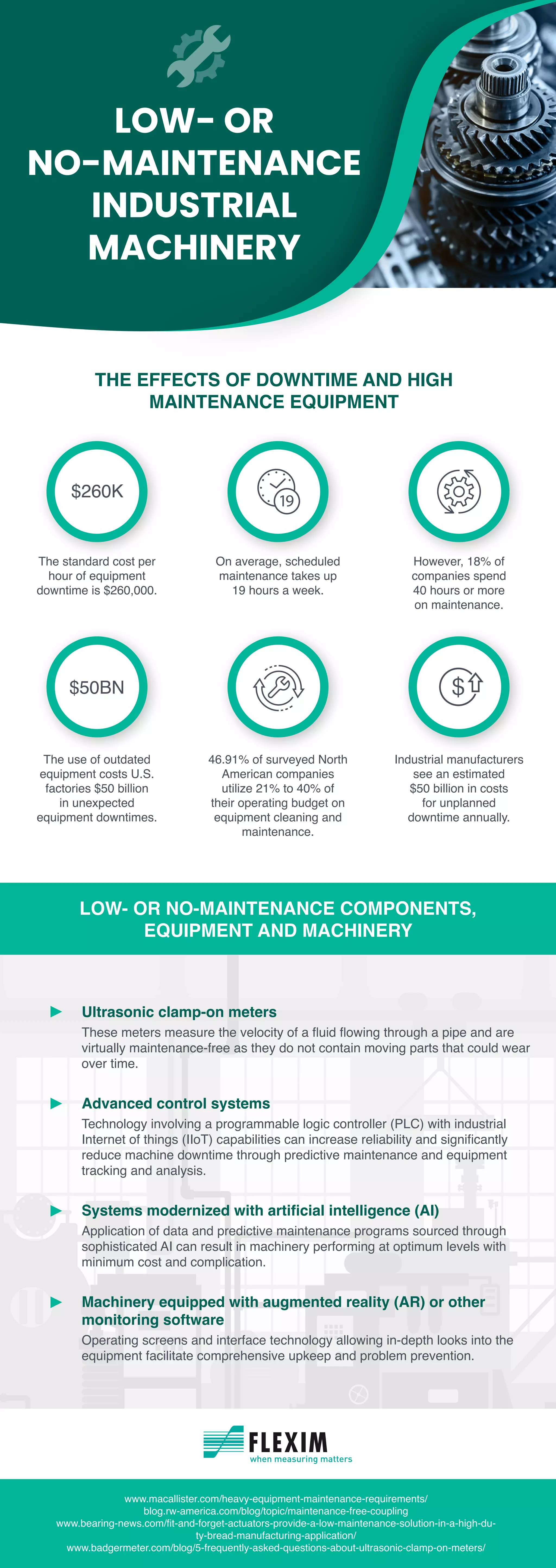Business owners and managers alike are responsible for more than just enabling their employees to find success. In fact, they’re tasked with one of the hardest challenges of all: maintaining their equipment in such a way that it continues to be viable to use within their production processes. This is accomplished through a sound maintenance strategy, which will differ for each organization as their needs are unique. Most often, organizations are left to decide between two separate maintenance approaches, or in some cases, a combination of the two. The two maintenance strategies are known as preventive and predictive maintenance. In the case of preventive maintenance, its calendar driven nature means that scheduling maintenance for each piece of equipment will be done at multiple points throughout the year based on varying factors such as run time and age. The newer technique that many businesses have alternated to is known as predictive maintenance. This strategy requires unique technological systems to operate but provides organizations with a much more dynamic maintenance approach. The connectedness of these systems allows them to read equipment in such a way that maintenance can be much more accurately timed and conducted. Many organizations will struggle with the decision between the two. While this post’s context will be extremely helpful in deterring which is the best fit, the accompanying resource should help clear up the decision even more. Within the resource, different industries and business sectors will be broken down in regard to how this maintenance approach can benefit them. Check it out for more valuable information!
Low Or No Maintenance Industrial Machinery provided by FLEXIM, an organization offering exceptional products such as their gas flow measurement devices



